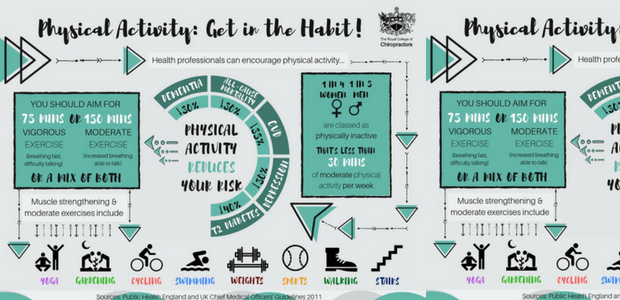Consider The Considerable Facts That Are Forming Modern Techniques Focused On Easing Back Pain
Consider The Considerable Facts That Are Forming Modern Techniques Focused On Easing Back Pain
Blog Article
Content By-Nolan Westergaard
As you take into consideration the future landscape of neck and back pain treatment, picture a world where innovation flawlessly links with traditional therapies to use novel remedies. Picture a world where virtual reality not just amuses yet also heals, where robot precision redefines minimally invasive treatments, and where psychophysiological feedback equips people in their discomfort administration trip. The improvements in neck and back pain therapies are not simply theoretical scenarios yet tangible realities shaping the way we approach and reduce this prevalent problem.
Virtual Reality Treatment for Neck And Back Pain
Are you tired of standard treatments for your back pain? Virtual Reality Therapy supplies a novel approach to managing your discomfort. By immersing yourself in an online environment, you can sidetrack your mind from the pain signals being sent out to your mind, providing relief in an one-of-a-kind and ingenious method.
Making acupuncturist manhattan of specific virtual reality headsets, you can take part in different tasks and simulations developed to target certain locations of your back that are triggering you pain. These immersive experiences can assist you loosen up tense muscular tissues, boost your position, and raise your total flexibility.
Additionally, virtual reality therapy can additionally assist in reducing anxiety and anxiousness levels, which are often contributing factors to back pain.
Think of being massage washington heights to go through therapy without the demand for medicine or invasive treatments. With Virtual Reality Therapy, you have the chance to manage your pain in the back in a risk-free and non-intrusive way.
Robotic-Assisted Neck And Back Pain Therapies
Making use of sophisticated robotic technology, back pain therapies have progressed to include robot help in targeting and resolving certain areas of pain in a specific and controlled manner.
Robotic-assisted pain in the back treatments provide a high level of precision and customization, permitting much more effective and tailored therapy for people experiencing back pain. These robotic systems can execute minimally invasive procedures with improved precision, minimizing the risk of complications and boosting outcomes.
Robotic-assisted therapies give surgeons with real-time responses and imaging, enabling them to navigate the spinal column with unmatched precision. By making use of robotic arms or devices, doctor can access hard-to-reach locations with greater simplicity, leading to more effective treatments.
In addition, these modern technologies can adjust to the patient's motions throughout surgery, ensuring a safer and much more reliable procedure.
Psychophysiological Feedback Innovation in Back Pain Administration
With the advancement of modern technology in neck and back pain treatments, biofeedback modern technology emerges as a useful tool in managing and reducing pain connected with neck and back pain. Biofeedback permits you to obtain awareness and control over physical functions that are typically involuntary, such as muscle mass tension and heart rate.
By utilizing sensing units to keep track of these features, biofeedback tools offer real-time data that allows you to make mindful adjustments to reduce discomfort and stress degrees. Through aesthetic or acoustic hints, psychophysiological feedback aids you comprehend just how your body replies to various scenarios, encouraging you to customize your habits and enhance physical wellness.
This innovation promotes leisure, improves pose, and help in muscular tissue re-education, every one of which are crucial components in taking care of neck and back pain effectively. By integrating psychophysiological feedback right into your back pain management plan, you can take an active duty in your treatment and attain long-term remedy for discomfort.
Conclusion
Finally, the future of back pain treatment looks intense with the innovations in virtual reality treatment, robotic-assisted therapies, and psychophysiological feedback innovation. These arising technologies supply ingenious options to reduce back pain, improve movement, and enhance general lifestyle. With proceeded r & d, these cutting-edge therapies have the prospective to revolutionize the method we approach and treat back pain, giving hope for those looking for efficient and individualized remedies.
